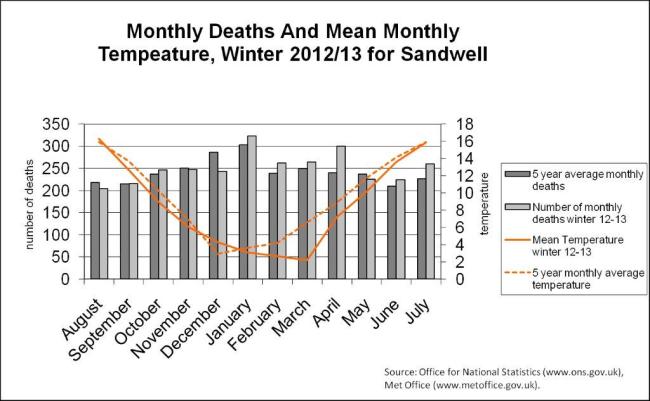- by Miranda Eeles
- Researcher at London School of Hygiene & Tropical Medicine
“Why are we not more angry?”
That was the question being raised by the participants of Sandwell Health’s Other Economic Summit (SHOES) which brought together academia, doctors, architects, journalists, local government and civil society to discuss issues ranging from sustainable food policy and climate change to the privatization of the NHS.
The Summit, which was held at the Balaji Temple in Tividale on Friday 28th March, is Sandwell Health’s annual event that aims to explore current themes and challenges in public health both at global and local level.
Neo-liberalism, corporate power and an assumption that development equals economic growth were identified as some of the mains reasons behind the problems facing the world today, and the increasing gap in inequalities.
“We need to change the narrative”, said Dr David McCoy, senior clinical lecturer at Queen Mary University, London and Chair of MEDACT. “We need to demonstrate an alternative system and put forward intellectual and scientific arguments to eradicate poverty and address climate change.”
Corporations, government and the insurance industry were all put under the spotlight as speakers lamented a lack of leadership across the party spectrum.
But as in previous SHOES events, the audience also heard about the achievements at local level which illustrate how change can happen, provided the political will is there.
Urban food growing, investing in community assets and young people, creating a culture of activity and a return to a strong synergy between rural and urban environments were listed as some of the ways in which to address local needs.
This year’s Summit also was a celebration of the exemplary work done by John Middleton, Sandwell’s Director of Public Health, who retired at the end of March after 27 years in the job.
‘Dials’ and ‘levers’ were terms used to describe priorities and actions that have been employed under his leadership to bring different agencies together to improve the health and well being of the local population, including the Police, NHS Trusts, Clinical Commissioning Groups, a Youth Council and different departments of Sandwell Council.
- Read Dr Middleton’s closing remarks at SHOES here
- Read presentations from other speakers at the SHOES conference here – links to FPH’s account on SlideShare


